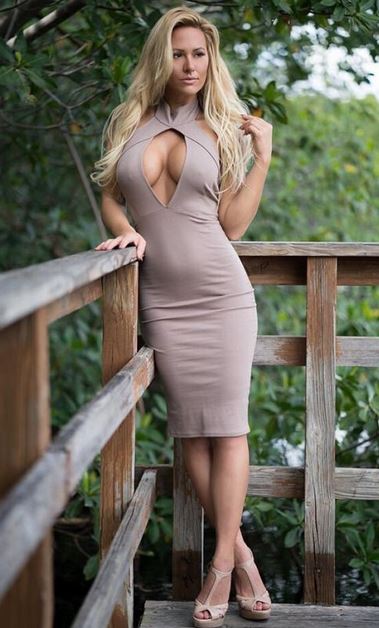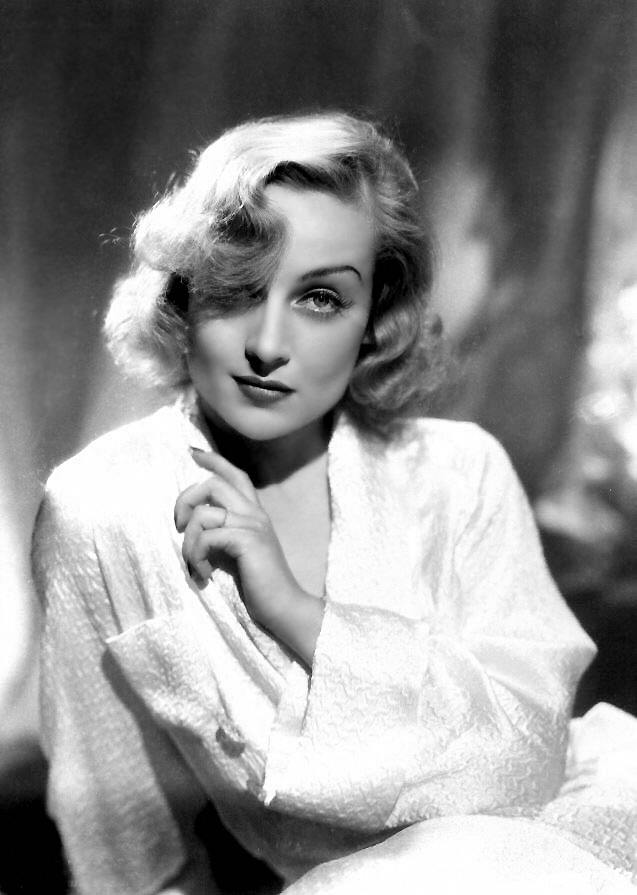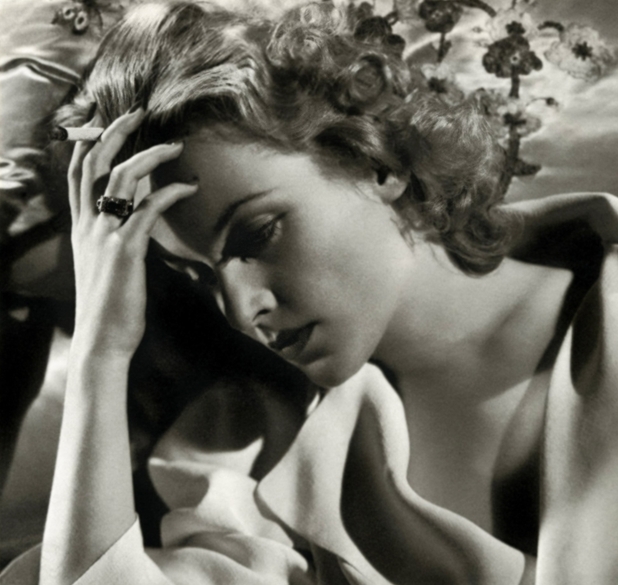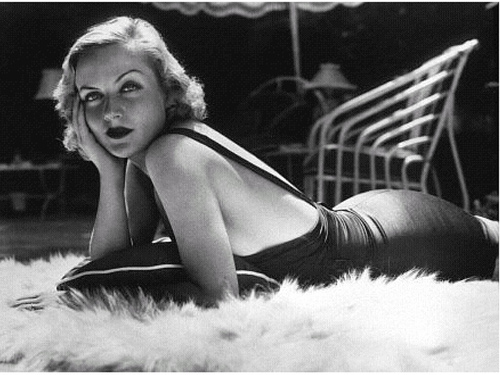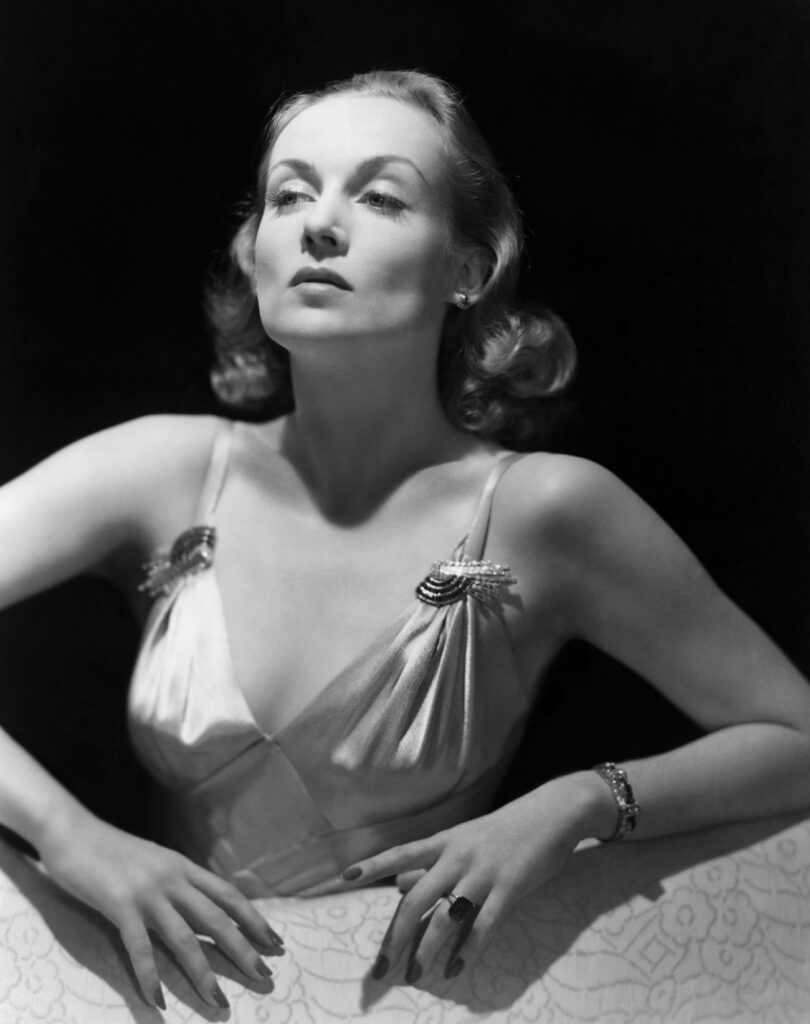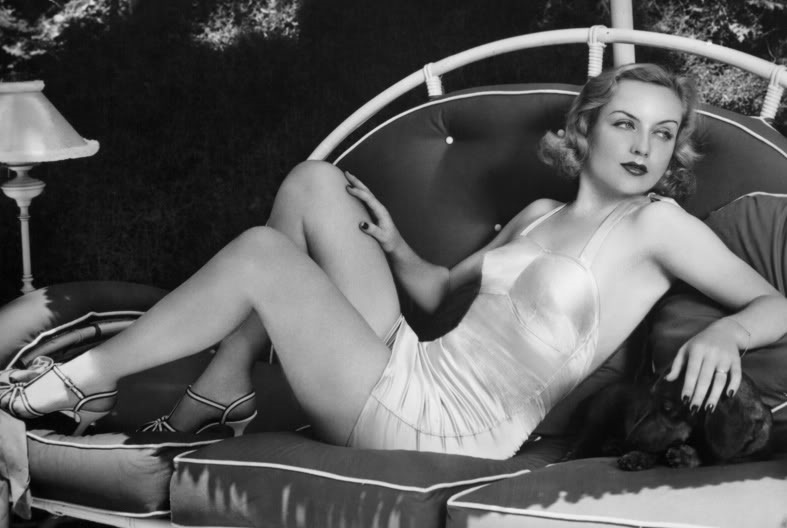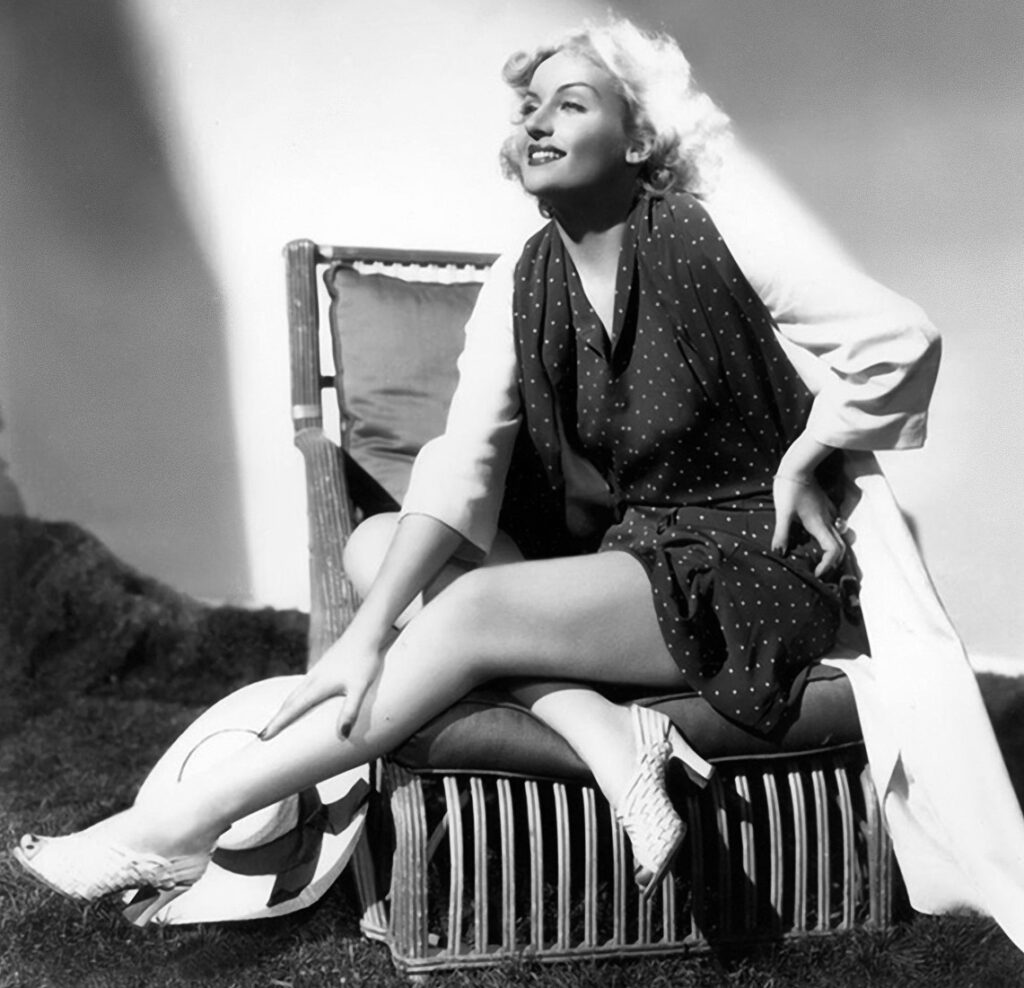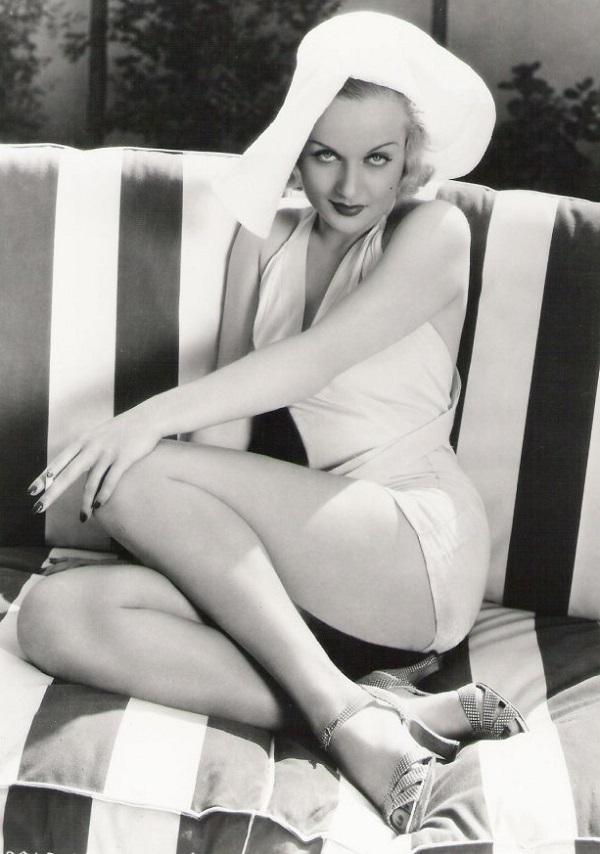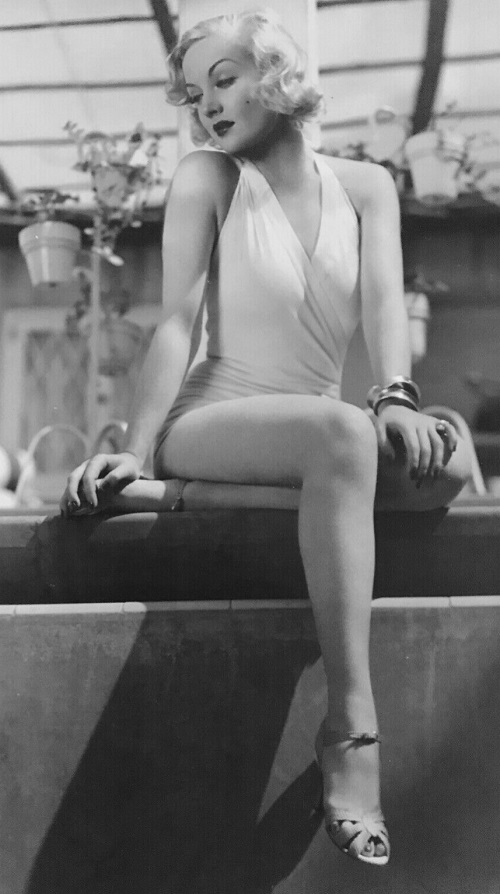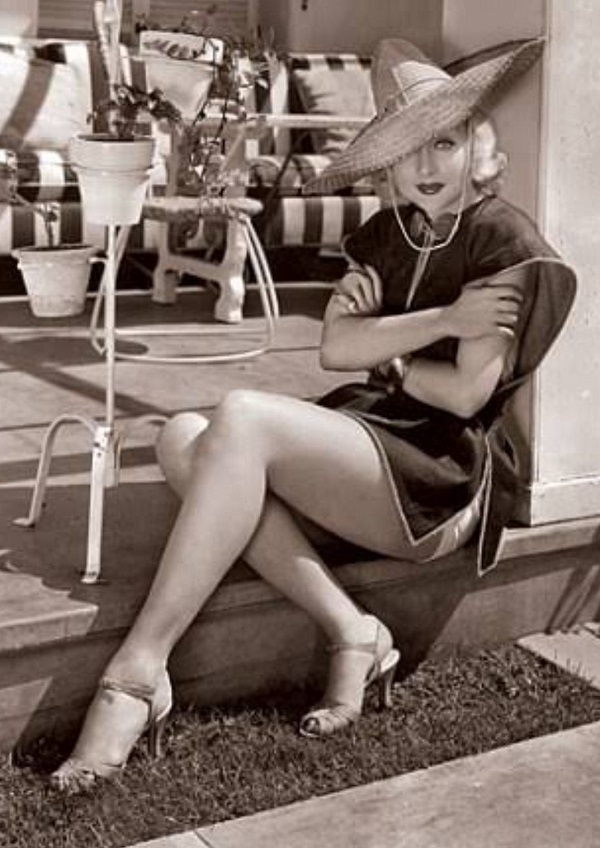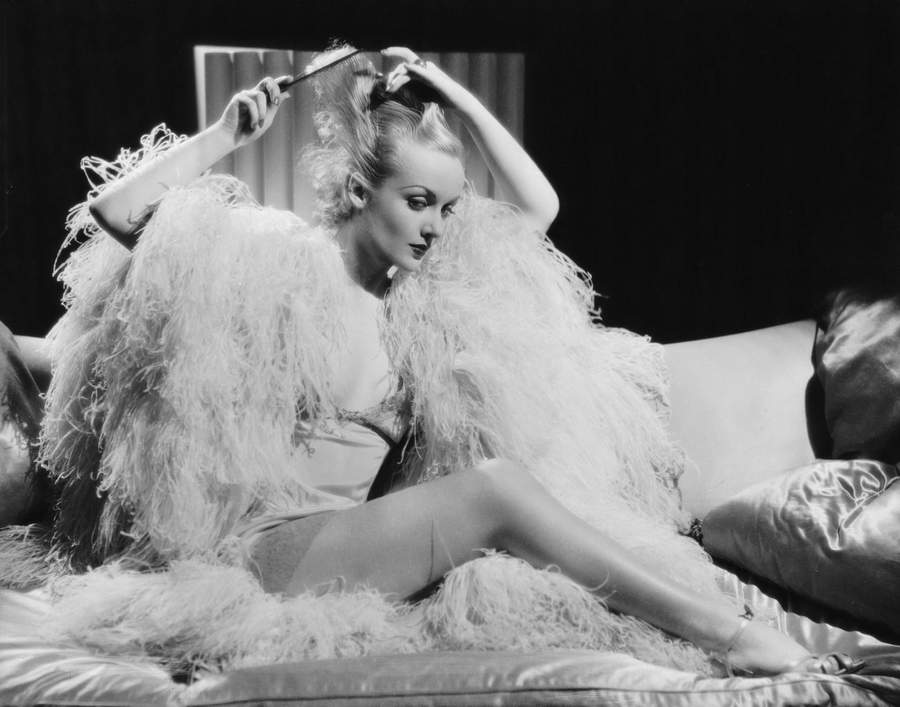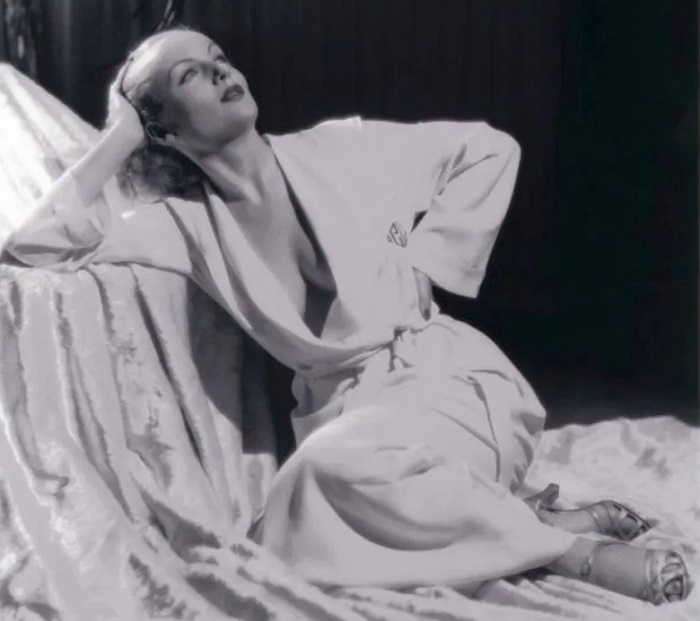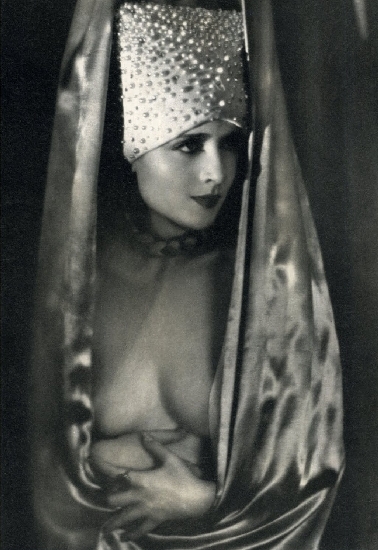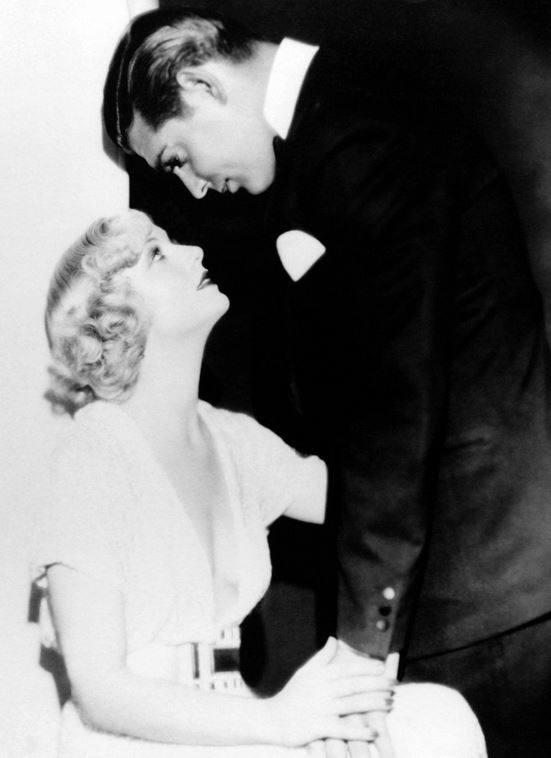At one point in my life I probably owned well over four dozen ties (neckties) simply because I wore a suit to work each day of the work week, and occasionally over the weekends as well (weddings, formal dinners and so on). The inside of my wardrobe looked very much like this:
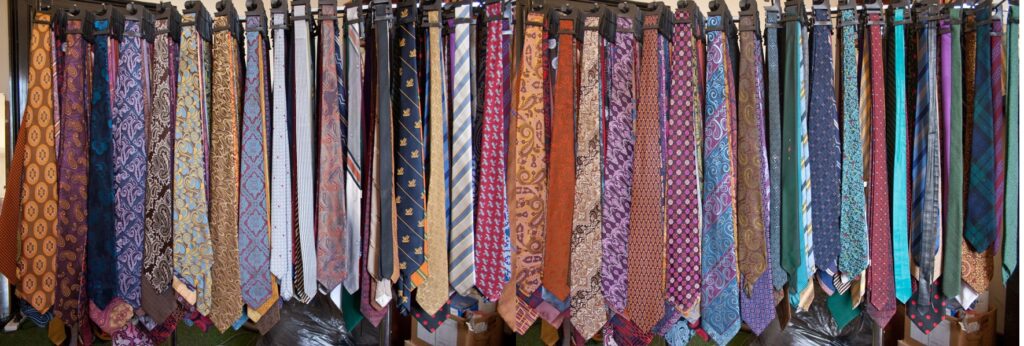
Ties back then were not just about dressing well, nor even some kind of workplace uniform. They were a mark of your individuality, a means whereby you could differentiate yourself from all the other guys dressed like you in their blue or gray pinstripe 3-piece suits.
So I read this article with a certain degree of regret:
While the trouser suit – for men and women – continues to be a staple on catwalks at international fashion weeks, it seems that the old fashioned necktie isn’t quite so in favour with those seeking out business attire.
On Twitter this week, City worker and think tank owner, William Wright, of New Financial, shared a snap that will strike anxiety into the heart of officewear traditionalists…a very pared down tie display.
While the neck tie was once considered so vital to employees wearing a whistle-and-flute to the office that it spawned a whole shop – Tie Rack – dedicated to it, it seems the accessory is no longer on trend.
Ignoring the teeth-grinding and pretentious “on trend” phrase — what we used to refer to simply as “fashionable” — the fact remains that with the trend going from “business suits” to “business casual” to “casual” to “Jeremy Clarkson” to “one degree above fucking ghetto”, there is no future for men’s ties, which makes me melancholy. It’s just another manifestation of what was once called “prole drift” — the propensity for society to degrade its appearance and manners towards the underclass and becoming a world of boors.
The plain fact is that putting on a tie makes a man look properly dressed when the occasion demands it. I couldn’t think of attending something like a wedding, funeral or even a smart sit-down dinner without a tie. Here’s what I mean:

Without a tie, even a decent suit looks wrong.
So I went over to my tie rack as it stands today, and counted my ties. Eight neckties, two cravats and a bolo (string) tie — “Texas formal” — and that’s it.
My old tailor at Lightbody’s in Johannesburg is turning in his grave.
Afterthought: A little while ago, New Wife and I were going out to dinner somewhere, and I put on a suit for the occasion but dispensed with neckwear because it wasn’t that formal an occasion. When I asked her how I looked, she responded acidly: “What about your tie?”
I was able to pull the Old Fart card here by putting my hand to my throat and feigning shock at my forgetfulness, but I don’t think she was fooled. I think she has been sent to chide and chastise me by my late mother.

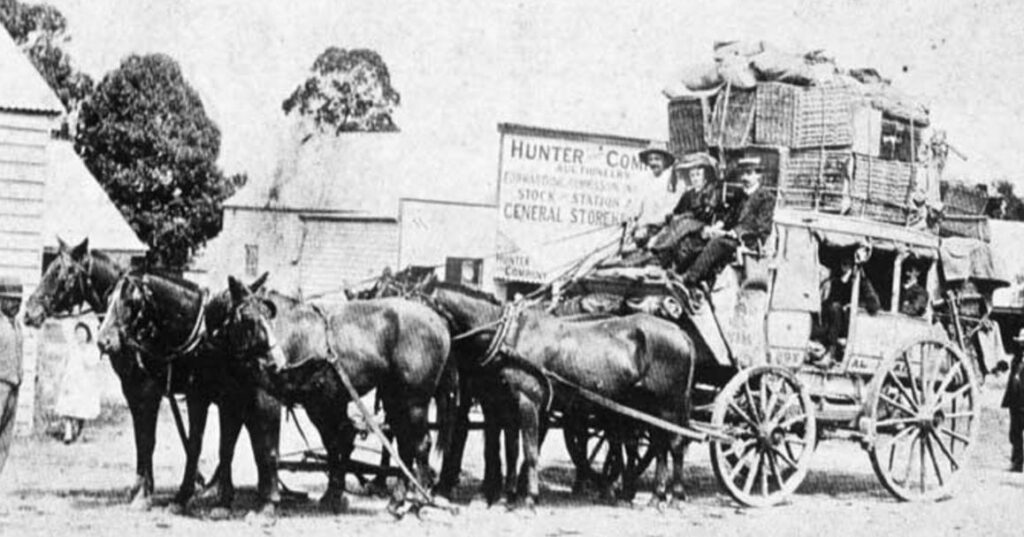
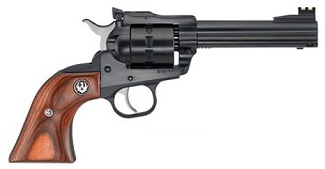
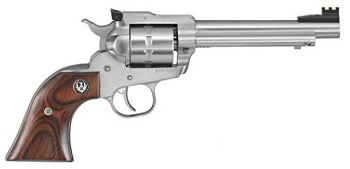
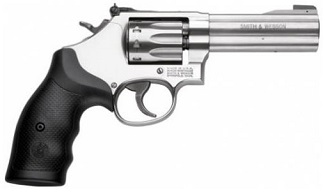
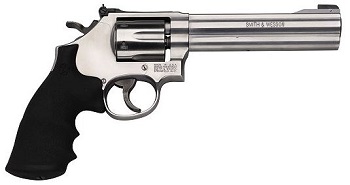
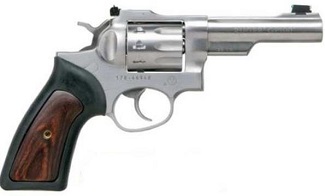
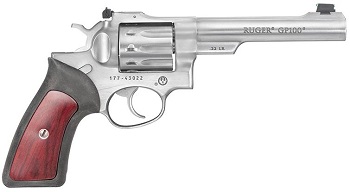


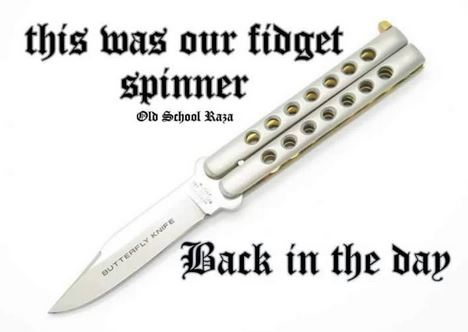





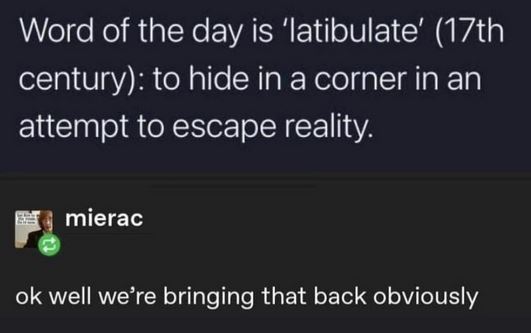



 And speaking of “some tart”…
And speaking of “some tart”…